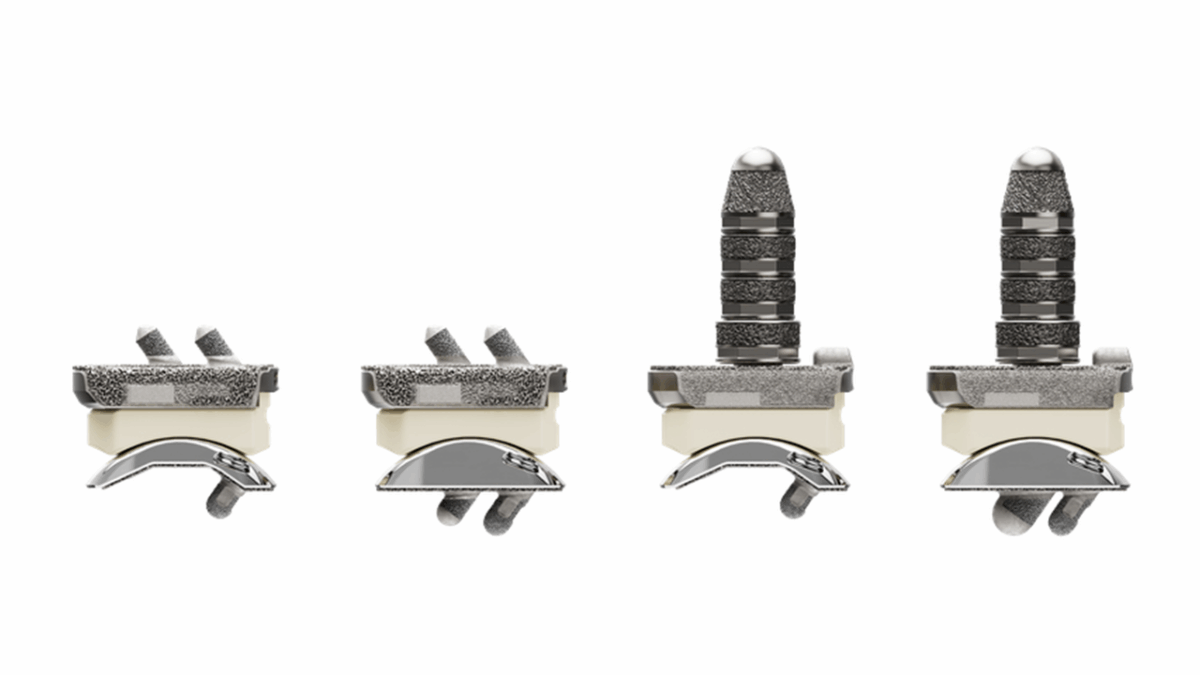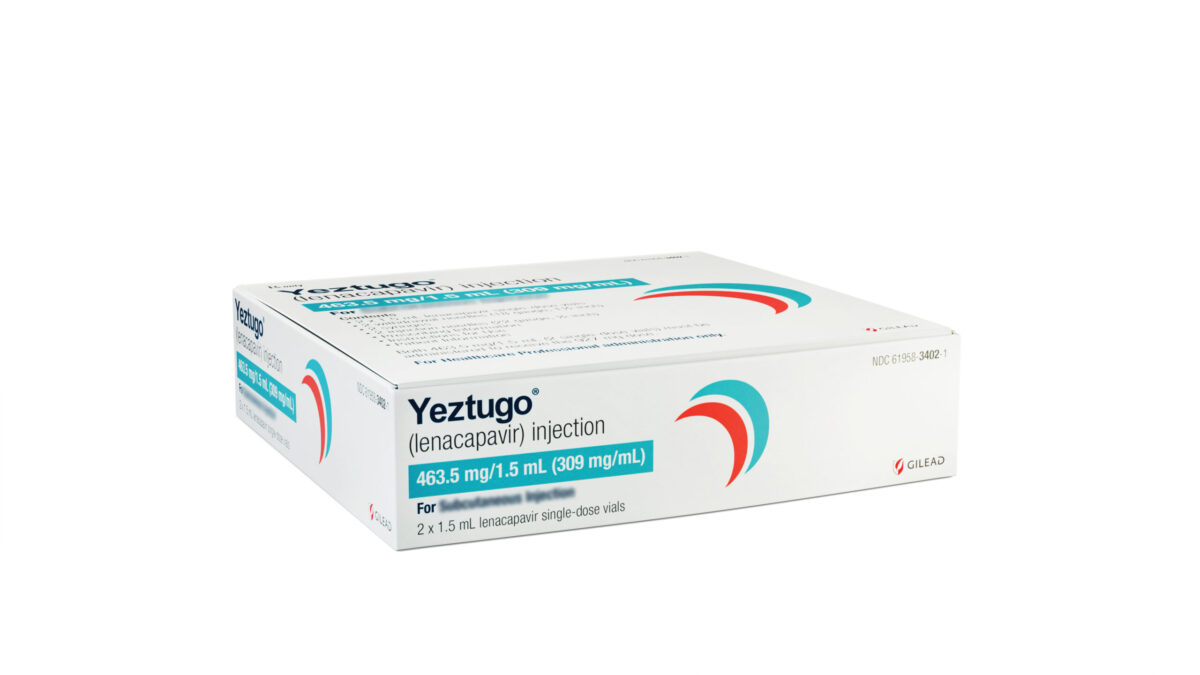The US Food and Drug Administration (FDA) is warning about rare but serious side effects for the antiseizure drugs levetiracetam (Keppra, Keppra XR, Elepsia XR, Spritam) and clobazam (Onfi, Sympazan). The agency said the serious drug reaction, called drug reaction with eosinophilia and systemic symptoms (DRESS), can be life-threatening if not diagnosed and treated rapidly.
DRESS may begin as a rash but can quickly progress, resulting in injury to internal organs including the liver, kidneys, pancreas, lung or heart, the need for hospitalization and even death, said the FDA in a drug safety communication issued on November 28.
Symptoms of DRESS include fever or swollen lymph nodes, which can be present even when a rash isn’t visible, which can make diagnosis difficult said the FDA. It can also include eosinophilia (elevated numbers of eosinophils, a type of white blood cell) and one or more systemic complications such as hepatitis, myocarditis, pericarditis, pancreatitis, nephritis and pneumonitis.
The FDA said the potential rash is different from other serious skin-related reactions that can occur with these antiseizure drugs, including Stevens-Johnson syndrome (SJS) and toxic epidermal necrolysis (TEN).
The FDA is requiring that warnings about DRESS be added to the prescribing information and patient Medication Guides for the antiseizure drugs. For levetiracetam, a new warning will be added in the Warnings and Precautions section of the prescribing information, while for clobazam, the FDA wants a new warning specifically about DRESS to be added to the prescribing information.
Related: Walgreens, CVS Among Companies Issued FDA Warning Letters Over Unapproved Eye Products
Healthcare professionals are advised to be vigilant for the signs and symptoms of DRESS associated with levetiracetam and clobazam, which can develop two to eight weeks after starting treatment. Patients are advised to seek immediate medical attention if they experience any signs of DRESS. Patients are also advised to not stop using the medications without consulting a healthcare professional, as abrupt discontinuation can lead to uncontrolled seizures.
Approved for 24 years now, levetiracetam is an antiseizure medication approved for use in adults and children. It is primarily used to help control epileptic seizures and as an adjunctive therapy for partial-onset seizures, myoclonic seizures and tonic-clonic seizures. It is available in several different formulations sold under the brand names Keppra, Keppra XR, Elepsia XR and Spritam and also as generics.
Clobazam is a benzodiazepine used in combination with other medicines to control seizures in adults and children two years and older who have a severe form of epilepsy called Lennox-Gastaut syndrome (LGS). The drug has been on the market for 12 years and is sold as Onfi and Sympazan as well as generics.
The FDA’s alert for the antiseizure drugs was based on a cumulative review it conducted that found 32 serious cases of DRESS associated with levetiracetam and ten associated with clobazam worldwide identified through the FDA Adverse Event Reporting System (FAERS) and medical literature through March 2023 and July 2023, respectively. For levetiracetam, three of the cases occurred in the US and 29 abroad, while one of the ten DRESS cases associated with clobazam occurred in the US. Most of the patients were hospitalized and received medical treatment. Two deaths occurred among the 32 patients on levetiracetam, and no deaths occurred among the ten patients who were taking clobazam.
For levetiracetam, the median time to DRESS onset was 24 days. Skin rash and eosinophilia were reported in 22 and 17 cases, respectively, while organ injury was observed in 22 patients. DRESS symptoms resolved in 25 of the 29 cases in which information on treatment discontinuation was available.
The median time to DRESS onset was 21.5 days for clobazam, with skin rash and eosinophilia having occurred in ten and seven cases, respectively. Organ injury was reported in nine cases and symptoms resolved in all patients when treatment was discontinued.
The FDA said since the cases only included reports submitted through FAERS and in the medical literature, there are likely more cases that are not known to the FDA at this point.












Join or login to leave a comment
JOIN LOGIN